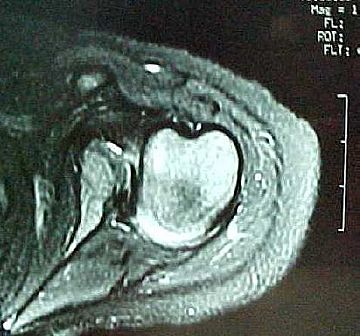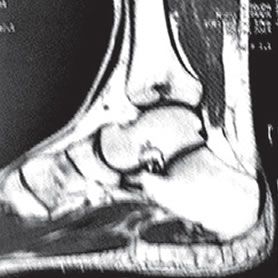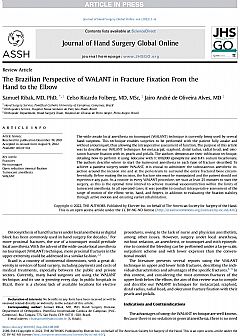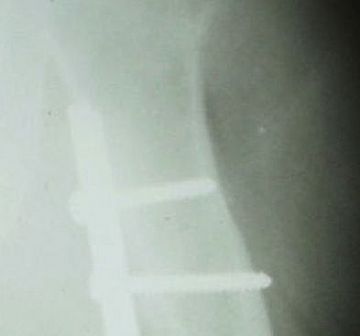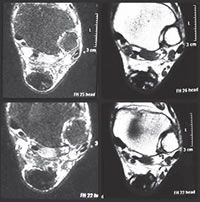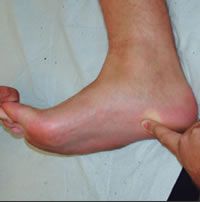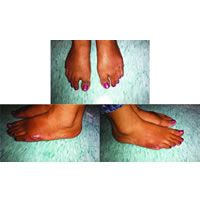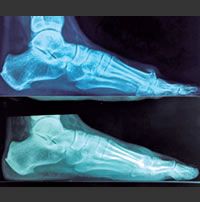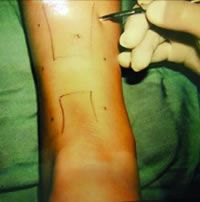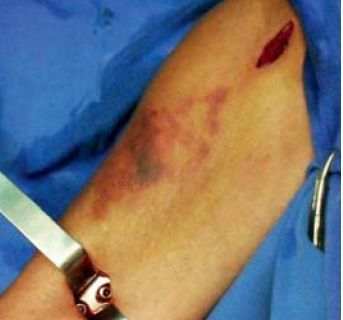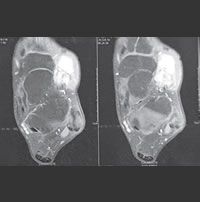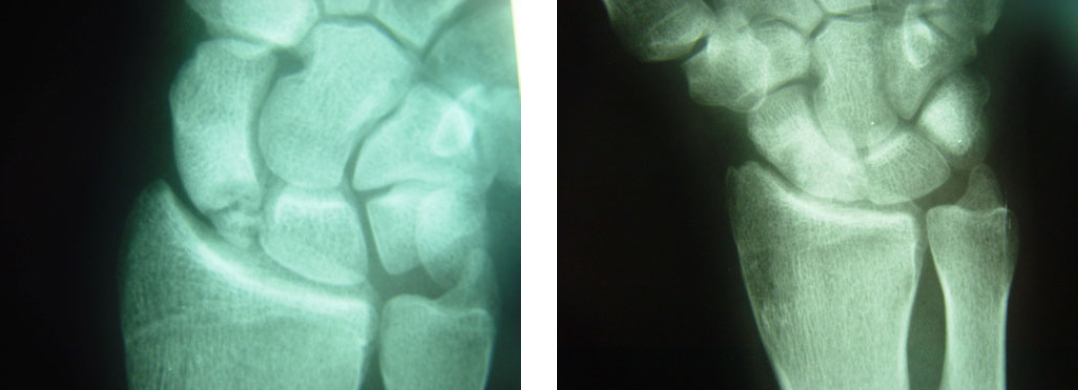
Scaphoid nonunion is associated with biomechanical changes and serious functional impairment involving the wrist. Bone union, restoration of scaphoid architecture, relief of pain, and reestablishment of wrist function should be considered the primary goals of treatment. The usual treatment for scaphoid nonunion is conventional bone grafting, with or without bony fixation. Satisfactory bone union rates ranging from 80 to 90% have been reported by some authors [6]; but failure rates as high as 65% have been described by others [1, 9]. Most of these failures have been related to fractures of the proximal pole or avascular necrosis of the proximal fragment. Treating these challenging situations includes the use of vascularised bone grafts, as a more biological solution. Several types of grafting have been developed [10, 14, 23]; and, among these, local vascularised bone grafts near the wrist have gained the greatest popularity. Since 1991, when Zaidemberg et al. [24] first described a retrograde branch of the radial artery that feeds the distal dorsoradial part of the radius, and in 1995, when Sheetz et al. [18] published detailed descriptions of the vascular anatomy of the radius, several studies using the intercompartmental supraretinacular artery have demonstrated that satisfactory results can be achieved with this technique [5, 12]. However, other investigators [22] have questioned the efficacy of this approach, reporting low consolidation rates in patients with scaphoid nonunions with avascular necrosis of the proximal pole. No prospective studies have been reported in which vascularised and non-vascularised grafting techniques, using grafts taken from the dorsal aspect of the distal radius, have been compared directly. Consequently, the primary objective of our study was to directly compare the clinical and radiographic findings of scaphoid nonunion treated using a vascularised bone graft from the distal radius, as proposed by Zaidemberg et al. [24], versus a conventional non-vascularised bone graft derived from the same region. To do this, we adopted the architecture of a randomised clinical trial, so as to more definitively identify which procedure is best at achieving bone consolidation and re-establishing wrist function in patients with scaphoid nonunion.
CONFIRA O ARTIGO COMPLETO NO PDF!

